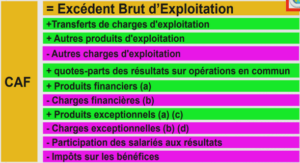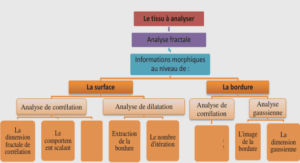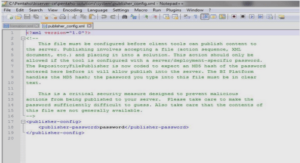The extended finite element method (XFEM) is a numerical technique for solving arbitrary discontinuities in finite element method (FEM), based on the generalized finite element method (GFEM) and the partition of unity method (PUM). It extends the classical FEM approach by enriching the solution space with discontinuous functions. This is accomplished in local regions of the computational domain which contain discontinuities.
A literature review of the XFEM
In the previous chapter, it has been shown that the presence of surface tension force and/or a jump in viscosity at the interface leads to a jump in the gradient of the velocity and a jump in the pressure at the interface. A kink in the pressure also occurs owing to the jump in density. The question remains how these discontinuities across the interface can be incorporated into the discretization.
The standard FEM is unable to model discontinuities in the solution on element interiors because the shape functions are generally at least C¹ on the element and C⁰ between elements. To accurately resolve this class of problems, the discontinuity position has to coincide with the FEM mesh (i.e. interface tracking). If the problem involves evolving discontinuities, this approach can become arduous and re-meshing process may become necessary. This can also introduce errors, since all the existing nodes must be mapped onto a new and different set of nodes.
Therefore, much attention has been devoted to the development of the so-called Mesh Free methods that overcome the difficulties related to the mesh. Mesh Free methods are a response to the limitations of FEM, these methods use a set of nodes scattered within the problem domain as well as sets of nodes scattered on the boundaries of the domain to represent (not discretize) the problem domain and its boundaries. One of the earliest Mesh Free methods is smoothed particle hydrodynamics (SPH), introduced by Gingold and Monaghan in an astrophysical context (Gingold and Monaghan 1977). Later, the SPH method has been extended to deal with free surface incompressible flows; applications include the splashing of breaking waves and the dam breaking problem (Monaghan 1994). SPH method has many advantages in computation, e.g. simple in concept, easy to implement, suitable for large deformations of the interface, meshfree, etc. However, SPH method has sevral main technical drawbacks, e.g. difficulty in enforcing essential boundary conditions and the numerical algorithm suffers from strong instability. Over the ensuing decades, various new Mesh Free methods have been developed, aimed at improving the performance and eliminating pathologies in numerical computations, we can mention the Element Free Galerkin (EFG) proposed by Belytschko et al (Belytschko, Lu et al. 1994) and meshless local petrov-Galerkin (MLPG) (Atluri and Shen 2002). While Mesh Free methods have been applied successfully to a wide range of applications, they suffer from some difficulties:
• they are often unstable and less accurate, especially for problems governed by PDEs (Partial Differential Problems) with derivative boundary conditions;
• the computational cost is higher than FEM;
• the shape functions are not polynomial and require high-order integration schemes.
In 1996, Melenk and Babuška (Melenk and Babuška 1996) developed the mathematical background of the partition of unity method (PUM), namely that the sum of the shape functions must be unity. They showed that the classical FE basis can be extended to represent a specific given function on the computational domain and that some advantages found in the Mesh Free methods can be realized using PUM. The basic idea of PUM is to enrich or to extend the finite element approximation by adding special shape functions, typically nonpolynomial, to capture desired features in the solution. This notion of enriching the finite element approximation is not new (Benzley 1974; Schönheinz 1975). In (Melenk and Babuška 1996; Babuška and Melenk 1997), the additional functions are added globally to the finite element approximation. This method did not get a lot of success due to the fact that the enrichment is global, the resulting stiffness matrix is symmetric and banded, and its sparsity is not significantly compromised.
Another instance of the PUM is the generalized finite element method (GFEM), Strouboulis et al. (Strouboulis, Copps et al. 2001) use GFEM for solving different elliptic problems by enriching the entire domain. The enrichment technique improves the solution by introducing additional shape functions but the second advantage of this method is that discontinuous shape functions can be added allowing to represent non-smooth behavior independently of the mesh. Later, as the jumps, kinks, and singularities in the solution are generally local phenomena, they adopted the local or minimal enrichment by restricting the enrichment only to a subset of the domain.
Belytschko and Black (Belytschko and Black 1999) adopted the PUM to model crack growth, by locally enriching the conventional finite element (FE) approximation with the exact near tip crack fields. A main feature of this work was the adding of discontinuous enrichment functions, and the use of a mapping technique to model arbitrary discontinuities. Unfortunately, the mapping procedure is difficult for long discontinuities. As a result, some level of re-meshing technique is implemented as the crack propagates.
INTRODUCTION |






